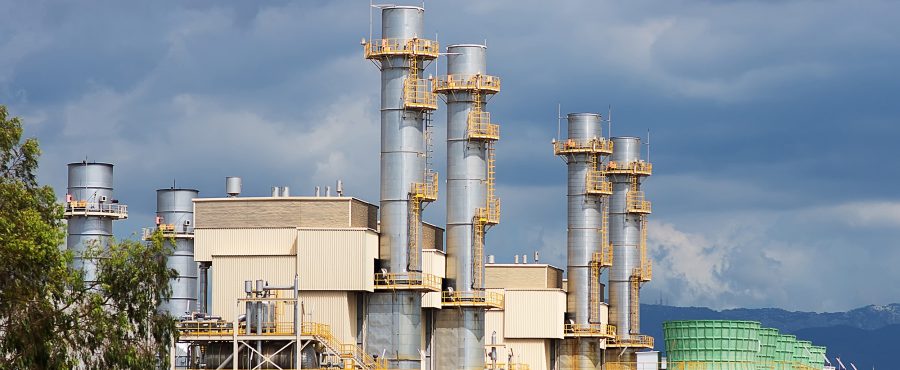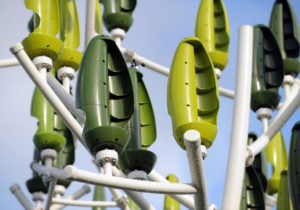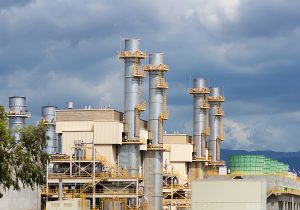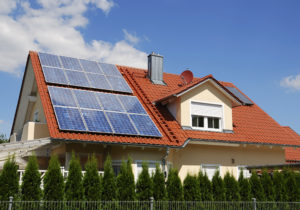
Incineration plants do not enjoy good reputation and have numerous opponents. However, as the only viable alternative for waste is landfill, not recycling, modern incineration plants are now one of the most effective tools for handling municipal waste.
At present, Poland’s most popular waste management policy is to store the waste in landfills. Such an approach does not eliminate any problem, as – for instance – landfills are the source of landfill gas, and the rain waters that rinse waste heaps poison ground waters.
The first waste incineration plants started to be established in the second half of the 19th century. Along the coming industrialisation, the cities were growing and population density was swelling, which was accompanied by huge growth of waste volume and an imminent threat of epidemics. For instance, the reason for establishing the first waste incineration plant in Hamburg in 1885 was the outbreak of a cholera epidemic.
Today, there are multiple plants burning medical waste in Poland – this kind of waste pose various health risks and additionally, cannot be re-used in any manner, whatsoever. However, using thermal methods of waste disposal in municipal waste management still does not enjoy popularity.
How waste incineration plant operates
Burning is only one element of the entire process of thermal treatment and disposal of waste. The delivered waste is first segregated and elements like glass, metal and some other non-flammable materials are removed. Modern incineration installations operate at such parameters that a significant majority of waste turns into ashes. Regardless of the fuel, burning of waste generates large volumes of gases, frequently toxic. Therefore, contemporary installations use sophisticated fume filtration and cleaning systems. It is purposely said that to dispense people’s concerns, waste incineration plants should be built in city centres as such locations force application of top available environmental standards.
Ecological profit
Contemporary incineration plants are sources of both heat and electricity. For instance a waste incineration plant called Ecogenerator, now being constructed in Szczecin, will have the annual capacity to generate, from waste burning, 56 thousand megawatt hours of electrical power and 850 gigajoules of heat energy, which is equivalent to energy demand of 30 thousand apartments.




